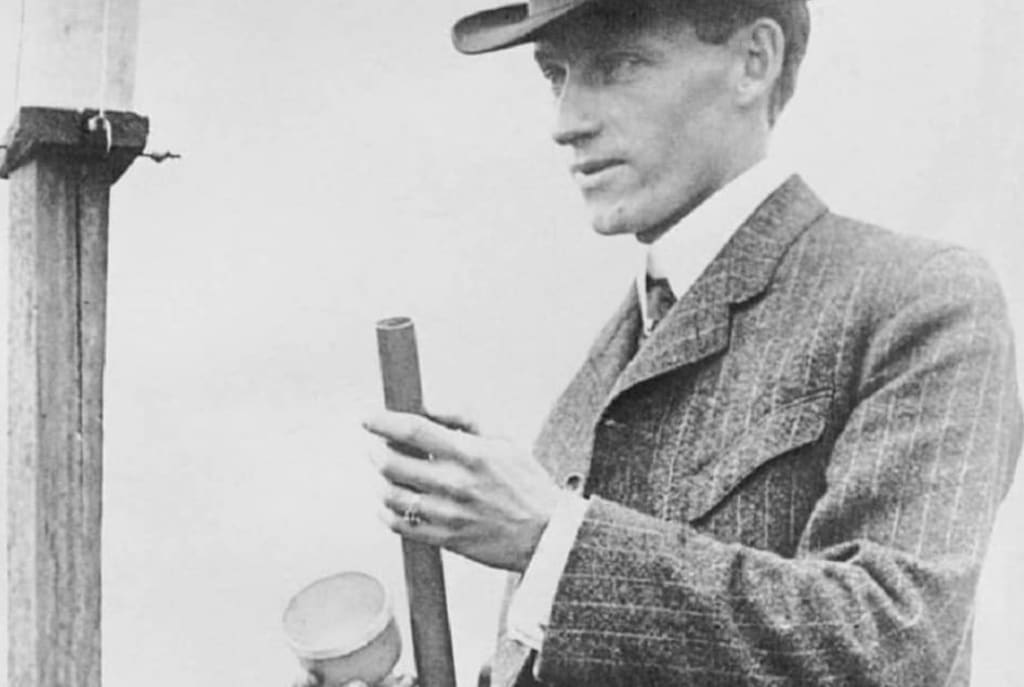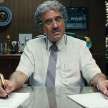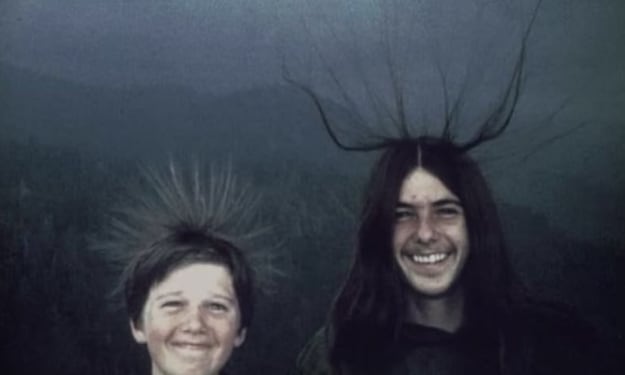Charles Hatfield: The Rainmaker Who Flooded San Diego
Artificial rain

In the early 20th century, Southern California faced a severe drought that threatened the livelihoods and well-being of its residents. Amidst this crisis, a man named Charles Hatfield claimed he could induce rainfall using a secret mix of chemicals. His bold assertions led to one of the most extraordinary and controversial episodes in San Diego’s history, culminating in a catastrophic flood that reshaped the city and its approach to water management.
The Rainmaker's Proposition
Charles Mallory Hatfield, born in 1875, was a self-proclaimed "moisture accelerator." He had developed a secret formula, which he claimed could cause precipitation. By 1915, Hatfield had already made a name for himself through several successful rainmaking ventures, earning both acclaim and skepticism. When San Diego's city officials heard of his purported abilities, they saw a potential solution to their desperate water shortage.
In January 1915, the city struck a deal with Hatfield, offering him $10,000 if he could produce enough rain to fill the Morena Reservoir, thus alleviating the drought. Confident in his abilities, Hatfield accepted the challenge and set to work on a platform he constructed near the reservoir.
The Experiment Begins
Hatfield began his operations on January 1, 1915. He and his brother Paul erected a 20-foot tower on the outskirts of San Diego and commenced the dispersion of their mysterious chemical concoction into the atmosphere. Hatfield’s method involved releasing a mixture of 23 chemicals, which he believed would attract moisture and produce rain. He remained tight-lipped about the exact composition of his formula, contributing to the mystique surrounding his work.
To the amazement of many, within a few days, rain clouds gathered, and precipitation began. Initially, the light rain was welcomed by San Diegans, who saw it as a hopeful sign that their drought might finally be coming to an end. However, the rain did not stop.
The Deluge
By mid-January, the rain intensified, and what started as a welcome relief turned into a relentless downpour. Over the next few weeks, Southern California experienced an unprecedented amount of rainfall. Rivers swelled, and the region’s infrastructure began to fail under the constant barrage of water. Bridges were swept away, roads became impassable, and homes were inundated.
San Diego experienced its worst flood of the 20th century. The flooding wreaked havoc on the city and surrounding areas, causing widespread destruction and displacing thousands of residents. The Lower Otay Dam and the Sweetwater Dam both failed, unleashing torrents of water that devastated the valleys below. The floods caused extensive property damage, estimated at several million dollars—a staggering amount at the time.
Controversy and Legal Battles
While the city grappled with the aftermath of the floods, the focus shifted back to Hatfield. He claimed success, asserting that his rainmaking efforts had worked all too well. However, the city officials were less enthusiastic about fulfilling their financial agreement, given the catastrophic results. The ensuing debate centered on whether Hatfield should be paid for his services or held accountable for the damage caused by the deluge.
The matter was further complicated by the ambiguous nature of Hatfield’s contract with the city. It stipulated payment contingent upon filling the reservoir but did not account for the possibility of excessive rainfall leading to flooding. Hatfield maintained that he had delivered on his promise, and the floods were a natural consequence of his successful rainmaking.
In the end, the city refused to pay Hatfield the $10,000, leading to a protracted legal battle. Hatfield sued San Diego for breach of contract, but the case was ultimately dismissed. The court ruled that the floods were an act of God, absolving the city of liability and leaving Hatfield without the compensation he sought.
Legacy of the Rainmaker
The legacy of Charles Hatfield and the Great San Diego Flood of 1916 remains a fascinating chapter in the history of weather modification and the power of human ingenuity—and hubris. Hatfield’s efforts are often cited as an early example of geoengineering, raising questions about humanity’s ability to control natural forces and the unforeseen consequences that can arise.
Despite the controversy, Hatfield continued to practice rainmaking, although none of his subsequent endeavors matched the scale or impact of his work in San Diego. He eventually retired, his reputation a mix of myth and reality, and his secret formula remaining undisclosed to this day.
The San Diego flood also prompted changes in infrastructure and flood management practices. The disaster underscored the need for better planning and more robust systems to handle extreme weather events. It served as a cautionary tale about the limits of human intervention in natural processes and the importance of preparing for the unpredictable.
Conclusion
The story of Charles Hatfield and the San Diego flood is a remarkable blend of ambition, science, and unintended consequences. Hatfield’s attempt to alleviate a drought ended in one of the most destructive floods in the region's history, illustrating the double-edged sword of attempting to harness nature’s power. His legacy is a reminder of the delicate balance between human innovation and the unpredictable forces of the natural world.
About the Creator
Enjoyed the story? Support the Creator.
Subscribe for free to receive all their stories in your feed. You could also pledge your support or give them a one-off tip, letting them know you appreciate their work.






Comments
There are no comments for this story
Be the first to respond and start the conversation.